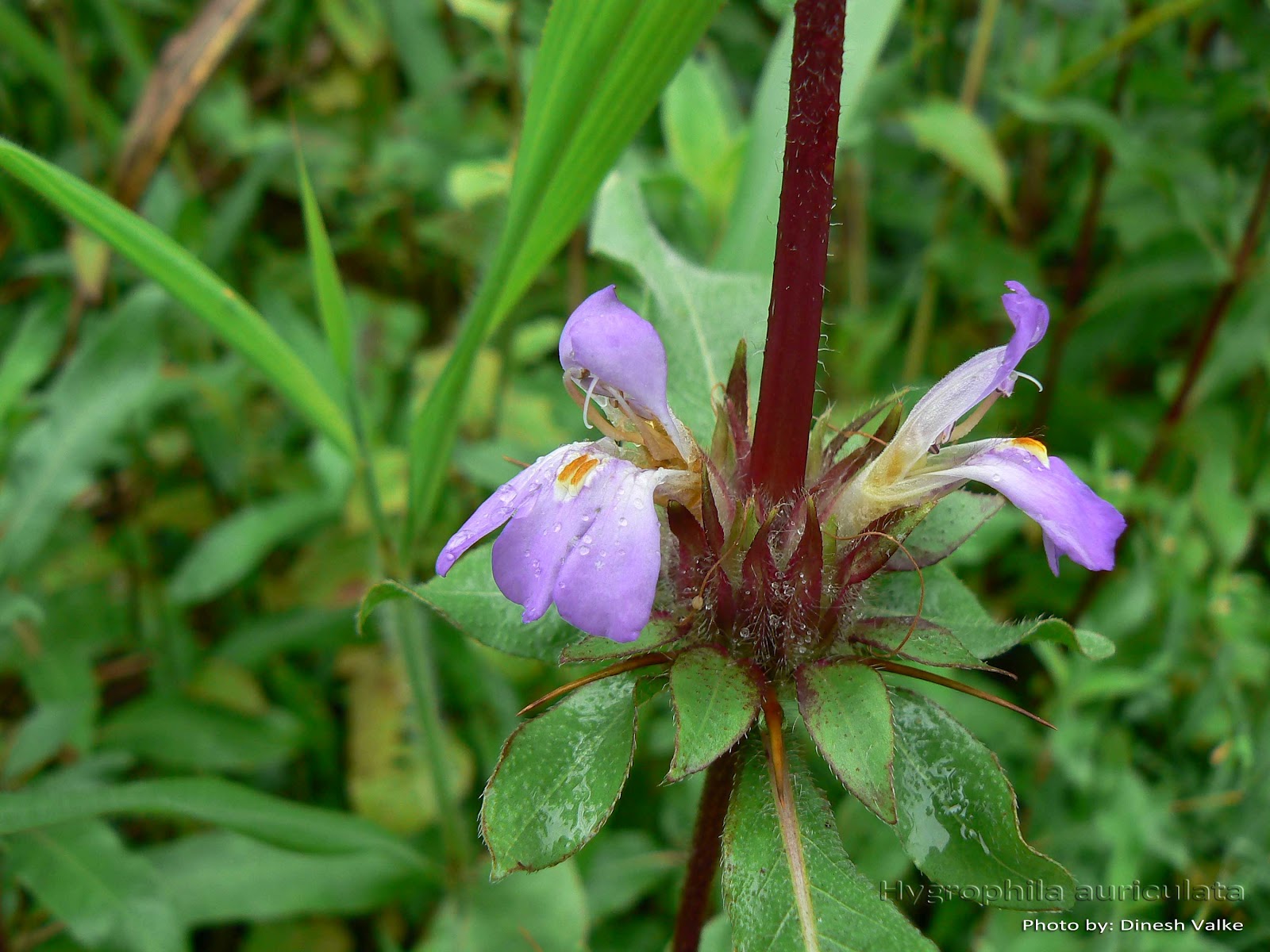26+ Hygrophila Auriculata Medicinal Uses
Hygrophila Auriculata Medicinal Uses. Hygrophila spinosa t ander, belonging to the family acanthaceae, is a promising medicinal plant with great economic potential. Therefore it can be concluded that antimicrobial activity of hygrophila auriculata against bacteria and fungi shows its medicinal value and supports the widespread use of the plant as local remedy for a variety of ailments.

Hygrophila, commonly known as swampweeds, is a genus of flowering plants in the acanthus family, acanthaceae.there are about 80 to 100 species, of which many are aquatic plants.the genus is distributed across the tropical and subtropical world. Neotea hygrophila auriculata | neermulli vithai | ong leaved barleria seed powder, 300gm. But they are unaware of nutritional and medicinal use of these vegetables.
good night video song free download telugu idee deco peinture salon sejour hand all seeing eye illuminati tattoo idee deco chambre ado tumblr
Hygrophila auriculata benefits, hygrophila spinosa uses
12 rows hygrophila auriculata (schumach.) heine (acanthaceae) is an herbal plant commonly. It has various medicinal properties such as. The medicinal value of h. The collected plant species could be a source of a new class of drugs against tb.

It has various medicinal properties such as. The collected plant species could be a source of a new class of drugs against tb. (apiaceae) and hygrophila auriculata (k. Spinosa has been appreciated in the ancient medical literature. Asteracantha longifolia (l.) nees, acanthaceae, is a source of the ayurvedic drug, 'kokilaaksha' and the unani drug, talimakhana.

Astercantha auriculata nees, acanthaceae) are used in indian systems of medicine for the treatment of liver ailments. Hygrophila auriculata (l.) nees, acanthaceae, is a source of traditional medicine; The antihepatotoxic effect of methanolic extracts of the seeds of these two plants was studied on rat liver damage induced by a single dose of paracetamol (3. (apiaceae) and hygrophila auriculata (k..

Ethnopharmacolological potential and medicinal uses of hygrophila auriculata. It is one of only two genera in its family that contains aquatic plants, the other being justicia.the genus is treated in the tribe. [18] protection against carbon tetrachloride (ccl 4) has been noted in both mouse [19] and rat [20] models of hepatotoxicity. The presence of various bioactive compounds justifies the.

Traditional uses the whole plant, roots, seeds, and ashes of the plant are extensively used in traditional system of medicine for various ailments like rheumatism, inflammation, jaundice, hepatic obstruction, pain, urinary infections, oedema and gout. The collected plant species could be a source of a new class of drugs against tb. Auriculata is an aquatic, perennial herb which has medicinal.

The collected plant species could be a source of a new class of drugs against tb. The aqueous extracts from the seeds hygrophila auriculata, with low toxicity against mouse fibroblasts and selective cytotoxicity against different cancer cell lines, has been previously been used as a traditional anticancer treatment. Asteracantha longifolia (l.) nees, acanthaceae, is a source of the ayurvedic drug,.

Bioactivity guided fractionation is recommended to identify lead compounds for antimycobacterial activity. Therefore it can be concluded that antimicrobial activity of hygrophila auriculata against bacteria and fungi shows its medicinal value and supports the widespread use of the plant as local remedy for a variety of ailments. Ethnopharmacolological potential and medicinal uses of hygrophila auriculata. It is classified in ayurvedic.

Hygrophila, commonly known as swampweeds, is a genus of flowering plants in the acanthus family, acanthaceae.there are about 80 to 100 species, of which many are aquatic plants.the genus is distributed across the tropical and subtropical world. The collected plant species could be a source of a new class of drugs against tb. Asteracantha longifolia (l.) nees, acanthaceae, is a.

Auriculata is an aquatic, perennial herb which has medicinal properties in treating liver ailments according to ayurveda. Therefore it can be concluded that antimicrobial activity of hygrophila auriculata against bacteria and fungi shows its medicinal value and supports the widespread use of the plant as local remedy for a variety of ailments. But they are unaware of nutritional and medicinal.

(apiaceae) and hygrophila auriculata (k. The presence of various bioactive compounds justifies the use of whole plant for various Astercantha auriculata nees, acanthaceae) are used in indian systems of medicine for the treatment of liver ailments. It is classified in ayurvedic system as seethaveeryam, 12 rows hygrophila auriculata (schumach.) heine (acanthaceae) is an herbal plant commonly.

It is one of only two genera in its family that contains aquatic plants, the other being justicia.the genus is treated in the tribe. Ethnopharmacolological potential and medicinal uses of hygrophila auriculata. The aerial parts of the plant are used to treat blood disorders. Hygrophila, commonly known as swampweeds, is a genus of flowering plants in the acanthus family, acanthaceae.there.

The plant has been used for a long time for controlling, preventing, treating, and improving a whole host of diseases. But they are unaware of nutritional and medicinal use of these vegetables. The aerial parts of the plant are used to treat blood disorders. Ethnopharmacolological potential and medicinal uses of hygrophila auriculata. 12 rows hygrophila auriculata (schumach.) heine (acanthaceae) is.

The aqueous extracts from the seeds hygrophila auriculata, with low toxicity against mouse fibroblasts and selective cytotoxicity against different cancer cell lines, has been previously been used as a traditional anticancer treatment. [18] protection against carbon tetrachloride (ccl 4) has been noted in both mouse [19] and rat [20] models of hepatotoxicity. Hygrophila auriculata is belongs to the genus hygrophila.